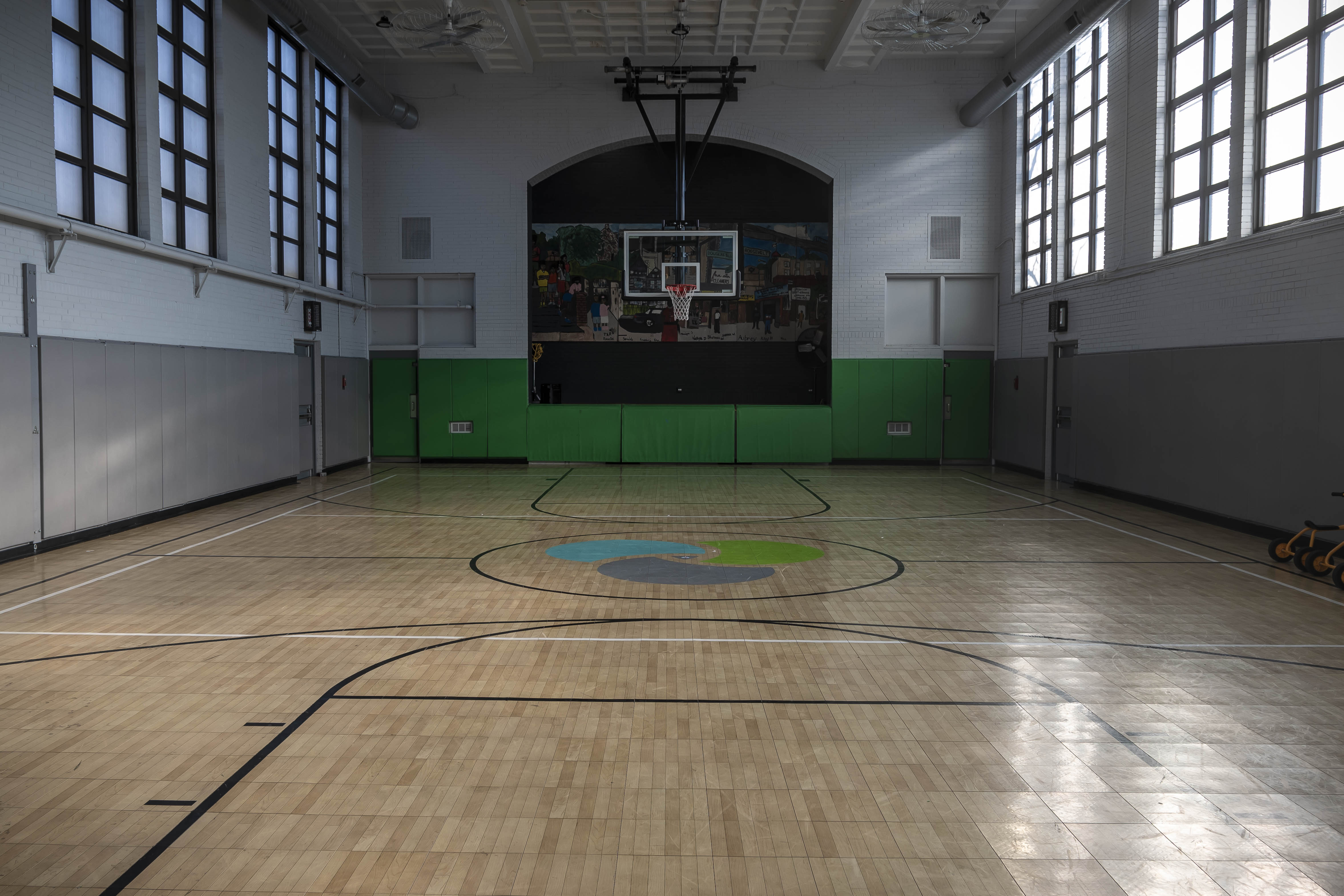May 21 is the 100th anniversary of a brutal murder in Chicago that attracted the world’s attention. Two affluent and educated young men killed a teenage boy for the thrill of it, believing they were too smart to get caught.
Nathan Leopold, 19, and Richard Loeb, 18, picked Bobby Franks, 14, as their victim. All three lived within a few blocks of one another in Kenwood. On the afternoon of May 21, Bobby was walking the three-and-a-half blocks from school to his home when Leopold and Loeb drove up and encouraged him to join them. They killed Bobby, poured acid over his face and genitals, and dumped the nude body in a culvert near Wolf Lake on the Illinois-Indiana state line.

The pair’s monthslong, meticulous planning of every detail fell apart when, unbeknownst to them, a pair of reading glasses fell out of Leopold’s pocket next to the body. A few days later, police tracked the eyeglasses to Leopold and by Sept. 10 the killers had been found guilty in a sensational trial and sentenced to life plus 99 years at Joliet Prison.
There is nothing that redeems Leopold and Loeb a century later.
But in North Lawndale, about 9 miles northwest of where the killers and their victim lived, a building remains the beacon of hope Bobby Franks’s father hoped for when he established it as a memorial to his murdered son.
Jacob Franks, a real estate investor and head of a watchmaking company, died in 1928 — four years after the murder. In his will, he left $100,000 (the equivalent of $1.8 million today) for “a fitting memorial to perpetuate the memory of my boy, who would desire that [it] be one that would give pleasure, help and encouragement to boys.”

In early March 1930, an announcement appeared in the Chicago Tribune that the memorial would take the form of a boys’ club to be built on 13th Place in the working-class, mostly Jewish North Lawndale neighborhood. Seventy percent of Jacob’s bequest, equal to $1.26 million today, would establish the clubhouse, and 30% went to develop athletic fields at a camp for Jewish boys in Round Lake.
Completed later that year as a club for a group called American Boys Commonwealth, the red brick Colonial-style building is still there today at 3415 W. 13th Place. The neighborhood changed decades ago from mostly Jewish to mostly Black, but the clubhouse’s mission is still the same.
“We’re still that place that provides solace to kids,” said Clarence Hogan, director of the Chicago Youth Centers Sidney Epstein Center, as the building is called now.
When WBEZ’s Reset visited on a recent Friday afternoon, the building was noisy and full of kids. They come for all sorts of programs: robotics, coding gardening, basketball, homework help.
“We’re a place where individuals can come to learn skills,” Hogan said, “but they’re also here for the peace, for the love, for wellness and dealing with trauma.”
Life is different in 21st-century North Lawndale compared to 1920s Kenwood, but it seems Jacob Franks got his wish.
The building has been a lifeline for kids since it was constructed.
“That’s what it was for me,” said Allan Evans, who in the 1950s was being raised by his single mother a block from the clubhouse. “Any success I’ve had,” the Dartmouth graduate and retired CPS special education teacher said, “it started there. They care about you and help you to be somebody.”
Evans started going to what was then called the ABC (for American Boys Commonwealth) in 1959 after spending time in the Audy Home — Chicago’s “reform school” of that era — for stealing a car with some friends. He later worked at the ABC and made it to highly ranked Dartmouth College through a program that an alumnus of the school set up to give disadvantaged kids from Chicago a chance. Evans has stayed involved ever since.

CYC is a successor to American Boys Commonwealth, created when a few social service clubs merged in the 1950s.
The club still looks like it did when first opened in 1930: Past the stately two-story red brick façade is a staircase up to the main lobby with a coffered ceiling and arched passageways off to classrooms upstairs and the basketball gym that was added south of the clubhouse in 1939. On your way into the gym, you pass a plaque that dedicates that space to Bobby Franks’s older brother, Jack, who helped conceive of the clubhouse along with his mother, Flora.

There’s just one notable difference from when the building opened as a memorial to Robert “Bobby” Franks. In 1930, above the fireplace in the lobby, you would see a plaque memorializing the boy. Now it’s covered by a white plaster sculpture of three children.

Dennis Rodkin is the residential real estate reporter for Crain’s Chicago Business and Reset’s “What’s That Building?” contributor. Follow him @Dennis_Rodkin.
K’Von Jackson is the freelance photojournalist for Reset’s “What’s That Building?” Follow him @true_chicago.



